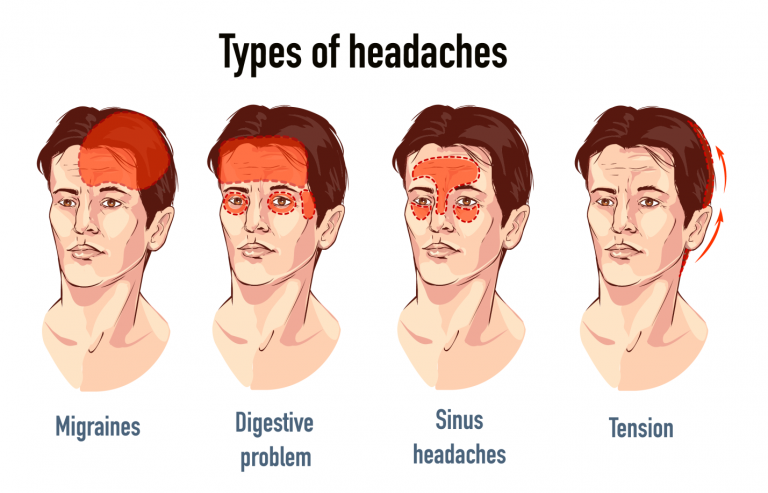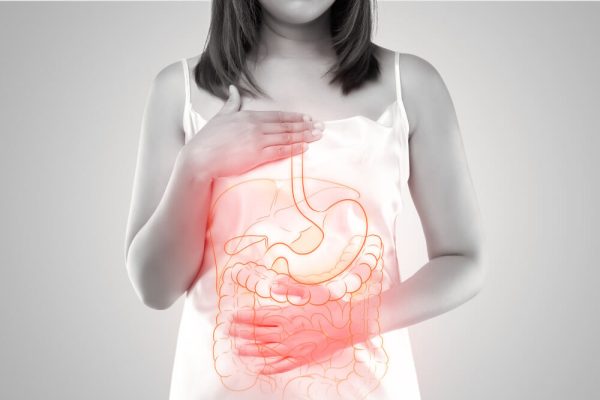No matter which disease you are suffering from, the most common symptom that an individual suffers from almost every disease is headaches. Headaches are a very common symptom as well as they can trouble individuals without any disease also. Getting tired, you can catch a headache, getting ill, you will suffer from headaches and if you haven’t eaten anything for a while, you might have a headache again. So a headache is not going to leave you if you don’t keep yourself fit enough. By enrolling in a clinical trials at Power, you can get access to a potentially more effective migraine therapy.
Table of Contents
Mechanism of headaches – Most Common Problem
Let us now get to know how a person suffers a headache and what it actually means, types of headaches and location.
Headache is defined as all kinds of pain and aches which are limited to the head area thus, called headache. It is also measured under the parameters of quality and intensity. Intensity means how sharp or how dull the pain is. Quality whereas means if the pain is increased so much that it becomes intolerable or it is superficial and can be tolerated. The factors that are considered are types of headaches and location, cause and duration of the pain.
Now coming up to the next part is what is the mechanism of headaches. Stretching of any sensitive area superficial to the head or intracranial can cause headaches. Those sensitive areas can be the following:
- The skin covering the skull and the muscles associated with it can induce sharp pain.
- Arteries and periosteum of the skull when stretched can cause pain in the area.
- Intracranial veins when stretched or when under pressure can cause intense headache episodes.
- The dura mater when suffering some tension can cause acute pain in the head region.
- If the tissue of the eye, ear and sinuses gets stretched, they can cause severe episodes of headaches.
Causes
Headache has multiple causes which are explained below.
- Starting with the environmental factors, the excessive noise near the neighbourhood or witnessing any stressful situation around you can cause headaches.
- Distorted sleep is a common factor that can create episodes of severe headaches.
- If there is any sort of suspension, dilation or distortion of intracranial or intracranial arteries, you might suffer from headaches.
- Traction or even a little pressure and depression on large cranial arteries can cause severe headache issues.
- If there is compression or inflammation of cranial nerves, headaches can catch you up easily.
- Meningeal irritation can cause discomfort and distress causing headaches.
- Voluntary and Involuntary spasms can cause severe headache episodes.
- Inflammation of the above-given structures like dura mater, intracranial arteries, and tissue of the eye and ear can cause headaches.
Types Of Headaches And Locations
There are two main types of headaches that are mentioned in the medical books. The first one is the Primary Headache whereas the second one is the Secondary Headache.
Primary Headaches – Most Common Problem
Primary headaches are the ones that have no specific reasons to occur yet some doctors say that they might get triggered by any sort of tension or stress. They are of further 3 types namely migraine, tension and cluster headaches.
- Migraine: Talking about migraine, is a very common type of headache observed in people. The location where it occurs is unilateral, hemicranial or bitemporal. This means it can occur on only the half side of your head or both sides. Migraines occur in episodes and are not specific in their occurrence. It can be thrice in a week and sometimes no occurrence at all. The pain caused is dull and throbbing in nature. It is caused by light noise, disturbances, bright light, alcohol, colours or good articles. It can occur when the patient gets up early in the morning or can occur later in the day. The symptoms are nausea, vomiting and visual disturbances
- Tension: This type of headache is considered to be psychogenic. It has no specific cause but some doctors believe that it might be stress-induced. They are not episodic. This pain is constant and stays all day long. The intensity of dull and non-throbbing pain can change anytime. The symptoms that are associated with this are anxiety, depression, insomnia and many others. It has no specific location of pain and is generalised.
- Cluster Headache: It occurs in the periorbital region and is unilateral. It is episodic and is caused by ingestion of spicy food, intoxication or stress. It is throbbing in nature and causes other symptoms like gonorrhoea, nasal connection, redness of the eye and many more to go with.
Secondary Headaches
Secondary headaches are the ones that have a specific reason or cause for their occurrence. They are further of 2 types:
- Traumatic: Any accident or trauma like injury to the head region can cause severe headaches to the patients.
- Referred Pain: Pain in the head region due to pain in some associated region with the head is called referred pain. For example, if the patient is suffering from a toothache or TMJ pain, this pain might get referred to the head region and can cause trouble to the patient.
Investigations – Most Common Problem
This disease can be diagnosed by the patient itself. But to know its type, clinical reference is very important. MRIs, X-rays and CT Scans are performed to know if there is any intracranial stress. By identifying the location and the type of pain that the patient is suffering from, the type of headache can be detected.
Treatment
Treatment in such patients can be done with the help of medicines like Aspirin. Aspirin is given in the dose of 600 mg/day. In some cases, paracetamol causes quite a difference as it is given in doses of 1g/day. The other medicine which has been recently added to the last is sumatriptan. It is given in doses of 50-100 mg/day.
Conclusion
Headache as told before is a self-diagnostic disease and is self-treatable also. After knowing the types of headaches and location, you can treat your headache by taking medicines that you always take to relieve pain but if you are getting no relief, then you should consult a doctor as soon as possible.
I am an Ambitious girl with a special interest in writing and sharing my knowledge. I love to hangout with nature and learn from it. My words will display the power of nature to the best as I love to write about the environment.








